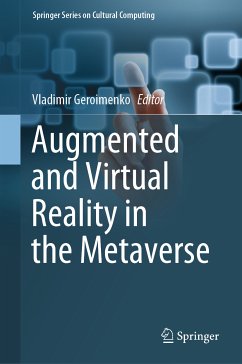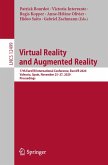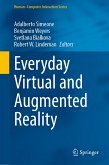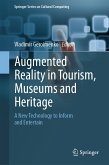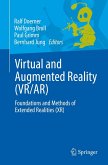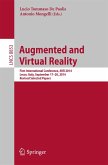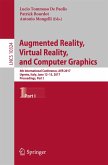Dealing with a wide range of topics, it includes: possible metaverses for education; designing simulations and effective learning environments in the educational metaverse; immersive collaborative learning; storytelling and cinematic virtual reality in metaverses; immersion and sensory enrichment in the metaverse; archaeology of perception in metaverse environments; integrating AI and Large Language Models with immersive technologies; AR-enabled X-ray vision in immersive environments; metaverse-based approaches in urban planning; and many others. Written by a team of 46 researchers, practitioners, and artists from 11 countries world-wide (Australia, China, Estonia, Germany, Greece, Italy, Norway, Romania, Serbia, Spain, and USA), it offers readers an international perspective.
Intended as a starting point for exploring augmented and virtual reality in the metaverse context, this book will be essential reading not only for researchers, practitioners, technology developers, and artists, but also for students (graduates and undergraduates), and for anyone interested in the emerging fields of "metaverse augmented reality" and "metaverse virtual reality".
Dieser Download kann aus rechtlichen Gründen nur mit Rechnungsadresse in A, B, BG, CY, CZ, D, DK, EW, E, FIN, F, GR, HR, H, IRL, I, LT, L, LR, M, NL, PL, P, R, S, SLO, SK ausgeliefert werden.

